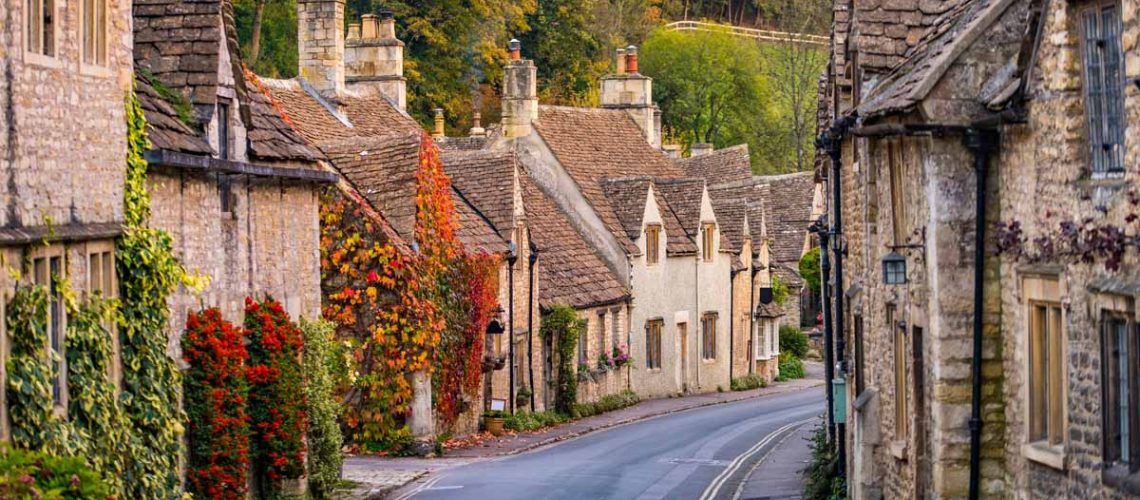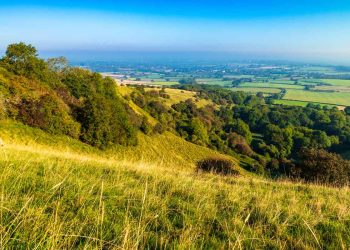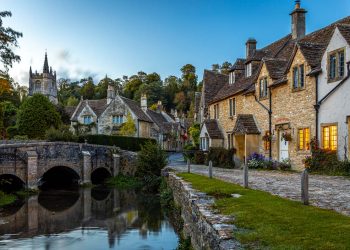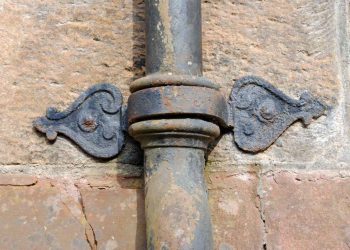


The UK’s rich history is preserved in its conservation areas and national parks, where strict regulations protect the character and aesthetic of buildings and landscapes. For homeowners, developers, and architects working in these areas, understanding the specific building and maintenance regulations is critical to ensuring that any restoration or new construction remains in harmony with the surrounding environment. In this blog, we’ll explore the unique considerations for working in conservation areas, the regulations surrounding materials such as cast iron guttering and pipes, and how national parks add another layer of protection for the UK’s architectural heritage.
Conservation areas in the UK are designated regions of particular architectural or historic interest. These areas are often characterised by unique buildings, landscapes, and a specific local character that authorities wish to preserve for future generations. Local planning authorities are responsible for designating conservation areas and enforcing regulations that protect these regions’ visual and structural integrity.
Conservation areas are designed to maintain and enhance a location’s unique qualities. This can include preserving historic architecture, traditional street patterns, or even the unique materials used in buildings, such as stone or brick façades, timber windows, or cast iron features like guttering and drainpipes.
In conservation areas, planning permission is required for many types of building work that would otherwise be allowed under permitted development rights. For example, extensions, demolition, and even certain exterior repairs must often go through formal approval. These restrictions ensure that any alterations respect the historic and visual significance of the area.

The UK is home to 15 national parks, including the Peak District, Lake District, Snowdonia, Dartmoor, Exmoor, and the Yorkshire Dales. These parks are celebrated for their stunning landscapes and serve a crucial role in regulating building and development within their boundaries.
Planning regulations in national parks are typically more stringent to safeguard the area’s natural beauty and historic or architectural character. Any construction or modification, including residential or commercial projects, often requires special planning permission to ensure the development is in harmony with the environment. This includes considerations like material usage, design, and impact on local wildlife.
These strict planning controls aim to preserve the unique qualities that make national parks special while allowing for sensitive development that meets the needs of local communities.
Buildings within UK national parks face strict planning regulations to preserve these areas’ natural and historic character. Any construction or modification is subject to scrutiny, particularly regarding appearance, choice of materials, and landscape impact. Traditional building materials, such as local stone and slate, are often required, while modern materials like concrete or glass may be prohibited to maintain aesthetic harmony with the surroundings.
The size, scale, and location of developments are also closely regulated to ensure minimal disruption to the landscape. Prominent or conspicuous structures are typically discouraged, and large-scale residential or commercial developments are rarely permitted. This focus on sensitive, small-scale construction helps protect the park’s natural beauty while allowing limited, carefully controlled development that respects the area’s heritage and environment.
While national parks are keen to preserve heritage, there is also an understanding of the need to accommodate modern living requirements. As such, sensitive adaptations and restorations are permitted if they don’t compromise the buildings’ architectural integrity or historic value.

When undertaking any restoration or maintenance work in conservation areas or national parks, the materials used must align with the historical character of the region. Traditional materials, such as slate roofs, wooden window frames, and stone walls, are often required. One such material that plays a significant role in these settings is cast iron, particularly for guttering and pipes.
Cast iron guttering and pipes are integral to maintaining the historical authenticity and architectural integrity of buildings in conservation areas. Used for centuries in construction, cast iron is valued for its durability and traditional appearance, which complements the historical character of heritage properties. In conservation areas, regulations often mandate cast iron for guttering and pipes to ensure that modern replacements do not detract from the building’s original design.
Beyond aesthetics, cast iron is highly durable and can last for decades with minimal maintenance. Its resistance to weathering and damage makes it an ideal choice for long-term performance, aligning with conservation principles prioritising sustainability and preservation. By using cast iron, property owners contribute to safeguarding the heritage of conservation areas while benefiting from reliable, time-tested material.
Many local authorities will specifically require cast iron rainwater systems for listed buildings or structures in conservation areas. Plastic or other modern alternatives may be rejected during the planning approval due to their inauthentic appearance and shorter lifespan. Installing cast iron guttering and pipes is essential to maintaining the aesthetic coherence and historical accuracy of buildings in these protected areas.
Regular maintenance of cast iron guttering and pipes is essential for property owners in conservation areas to preserve both functionality and historical authenticity. Routine inspections for rust, cracks, and blockages are vital to prevent long-term damage while repainting with weather-resistant coatings protects the iron from corrosion. Prompt repairs help avoid further deterioration, ensuring the guttering and pipes function effectively. Proper care extends the life of these durable systems and maintains the building’s architectural integrity, upholding conservation area regulations that aim to protect historical features.
Cast iron guttering should be inspected regularly for signs of wear, such as rust or blockages caused by debris. Cleaning should be done with care, ensuring that the integrity of the material is not compromised. Any repairs should be carried out using compatible materials and methods, preserving the guttering’s traditional appearance.

To protect cast iron from corrosion, it is recommended that the metal be repainted every few years. Specialised paints are available to provide a protective barrier while enhancing the visual appeal of the guttering. If any sections of the guttering or pipes are beyond repair, they should be replaced with like-for-like cast iron pieces to maintain the building’s historical value.
For homeowners and developers, understanding the planning permission process is essential when working on buildings in conservation areas or national parks. Even minor alterations require permission, and failure to obtain the necessary approvals can result in fines or enforcement action from the local authority.
When submitting a planning application, it is essential to demonstrate that the proposed works will preserve or enhance the area’s character. This often includes details about the materials to be used and how they will match the existing structure. Consulting with local conservation officers can be invaluable in ensuring that your application meets all requirements.
For listed buildings, stricter regulations apply, and listed building consent is often required for any work that impacts the building’s character, both externally and internally. This includes alterations such as changing rainwater goods, doors, windows, and even internal modifications that could affect the building’s historical integrity. Using traditional materials, like cast iron for guttering and pipes, is often essential to gain consent, as it helps maintain the building’s original appearance. Local authorities may require detailed plans that show how proposed changes will preserve the architectural and historical significance of the property, ensuring proper conservation standards are met.
Conservation areas and national parks are a testament to the UK’s commitment to preserving its architectural and natural heritage. For property owners and developers, working within these areas requires a careful balance between modern needs and historical preservation. Using traditional materials, such as cast iron guttering and pipes, ensures that buildings maintain their character and remain faithful to the aesthetic principles of the region.
By following the regulations and embracing the spirit of conservation, we can continue to enjoy the beauty and history of these protected areas for generations to come.